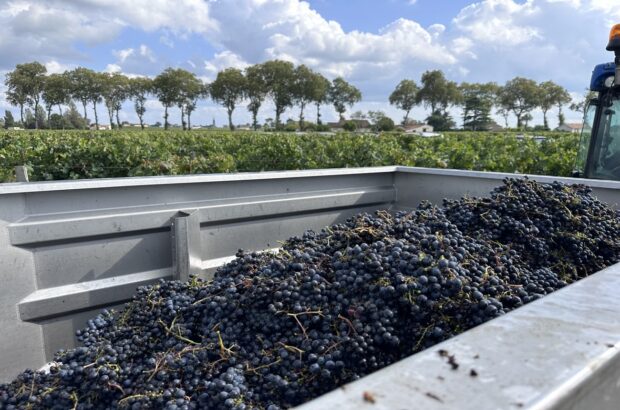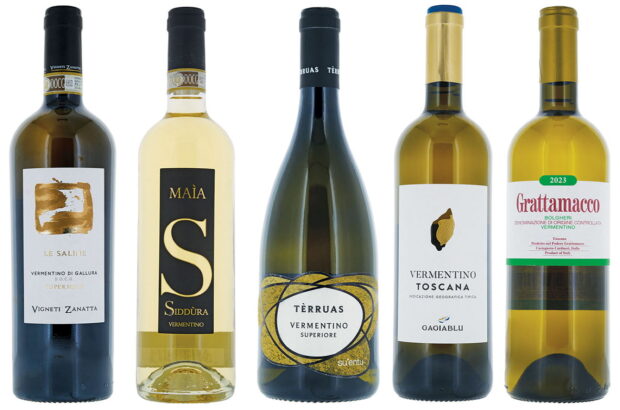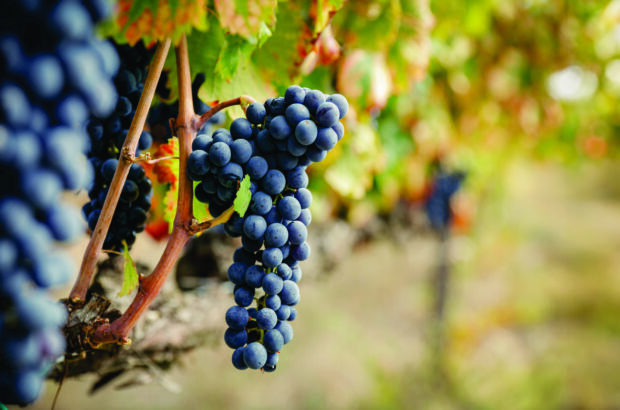When screwcap bottles were first introduced, there was much scepticism about the quality of wine within. Now, they’re universally accepted – championed, even. And the same is happening with wines in alternative formats.
The bag in box category has made great strides over the past few years, not only in terms of the quality of wine inside, but also in the manufacturing of the bags and boxes themselves. Technology has improved so wines stay fresh for longer, and the bags and taps can be recycled more easily.
In Scandinavia, consumption of bag in box wines and the general acceptance of alternative packaging is exceptionally high; more than half of wine consumed in Sweden is from bag in box. While the UK is some way off that, the market is growing, helped by the impressive selection of premium bag in box wines that can now be found.
Why we love bag in box
Convenience
The flexibility in being able to have just one glass and not worrying about a bottle spoiling should not be underestimated. They’re also portable and easy to share at dinners, events and while travelling.
Thoughtful drinking
Reduction of carbon emissions is front and centre in combating climate change, and in this sense the sustainability credentials of bag in box wines are hard to fault. According to a widely quoted study commissioned by Finnish state alcohol monopoly Alko (published in 2018), carbon equivalent emissions from the production of glass bottles are almost 10 times higher than those from bag in box. And, as 90% of wine’s carbon footprint comes from packaging and transport, this is a big deal. An open letter to the UK government in November 2022, submitted by the Wine Traders for Alternative Formats association and signed by key members of the UK wine trade, called for action to promote the switch from glass wine bottles to alternative packaging.
The recycling process for bag in box is also less energy-intensive, with the cardboard widely recycled and the plastic inners sent to specialist plants, broken down into oils and reused. Australian bag in box brand Hey Tomorrow has called it ‘Forward Drinking’.
Quality
Increased availability of premium wines in bag in box format has opened the floodgates, encouraging more of the top-tier producers to embrace the format, thereby providing drinkers with more variety and so creating growth in the sector.
With its lower carbon footprint, this really is one of the most sustainable ways to buy and consume wine for early drinking. Of course, glass bottles remain the only viable option for ageing and cellaring wine, but most wine is made and bought for immediate consumption.
Tasting verdict
We blind-tasted more than 70 bag in box wines to arrive at this selection – these are among the best quality and most interesting wines available in this format in the UK. This does seem to be reflected in the price, however. While there is one wine in the line-up that equates to about £4.75 per 75cl bottle, the average price per 75cl is just under £12.
The white wines generally performed better, reflected in the higher proportion of whites in the selection. The only orange wine in the tasting made the selection as it offered a gorgeous aromatic display – this natural wine is perfect for bag in box sharing, but I would say drink it within two weeks of opening. This is also one of two wines in a pouch, which is essentially a disrobed bag in box with an additional aluminium layer – better at preserving the wine, but slightly more difficult to recycle.
Although some say a bag in box will last six to eight weeks once opened, most should be consumed within three to four weeks, to ensure the wine remains as fresh as possible. As to how long the wine will last before opening, Laura Riches, co-founder of the Laylo brand, says ‘we work on the basis of them being consumed in nine to 12 months from creation’, whereas Ollie Lea, co-founder of The BIB Wine Co, says ‘we advise our customers to drink them within three months’.
This tasting was a real eye-opener. Yes, some 40% of the wines tasted did prove to be disappointingly commercial – the worst unbalanced, overly confected and one-dimensional – so drinkers need to do their research and choose wisely. But this selection clearly shows that great, premium wine does exist in this format.












